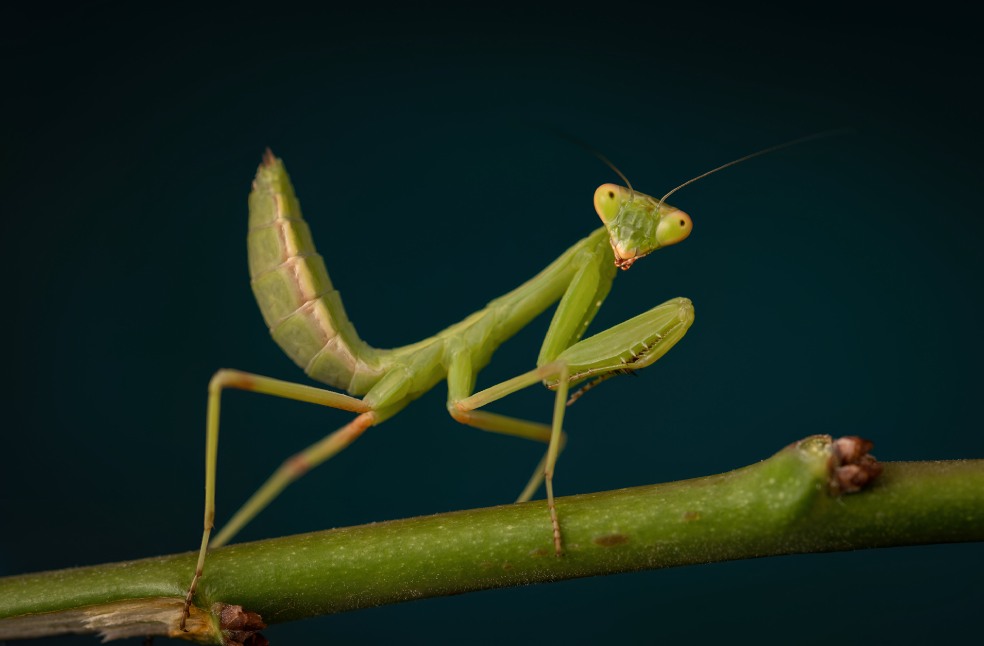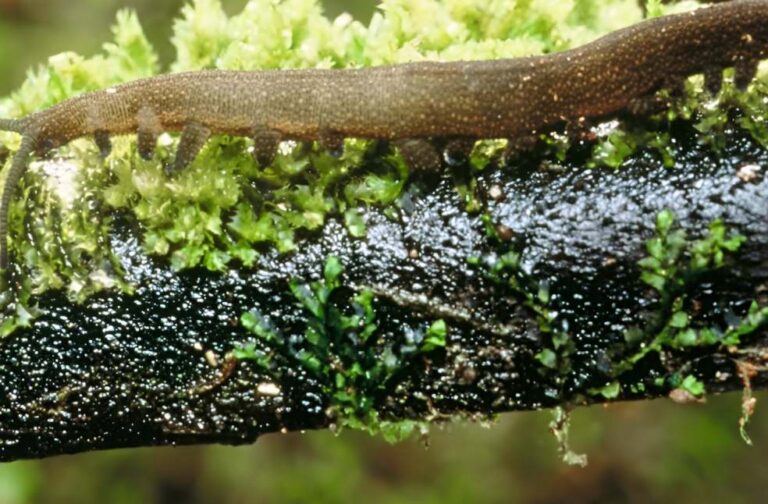New Zealand: An ancient, gummy-textured worm-like creature with a bizarre hunting strategy has been crowned New Zealand’s Bug of the Year. Peripatoides novaezealandiae, a member of the velvet worm family, secured the title with 2,652 votes in the country’s annual competition, narrowly beating an apple-green praying mantis.
Despite their soft, unassuming appearance, velvet worms are skilled predators. Using specialised oral papillae, they eject jets of sticky fluid to ensnare their prey, before liquefying it into a digestible soup. These invertebrates, known as Ngāokeoke in Māori, have remained virtually unchanged for 500 million years, earning them the status of “living fossils.”
On Lee Lau, a collections team member at Tūhura Otago Museum stated that, “They seem very soft and like a slow-moving, stumpy kind of caterpillar,” who supported the worm’s nomination. “But they have that dark secret where they’re amazing hunters.”
Native to New Zealand, Peripatoides novaezealandiae is one of around 30 endemic velvet worm species, typically found on the forest floor. These elusive creatures live for approximately five years and produce 10 to 20 offspring annually, with some—like this year’s winner—giving birth to live young.

While its population is deemed stable, the species faces threats from habitat loss and predators, according to New Zealand’s Department of Conservation. More broadly, insect populations worldwide are in decline due to climate change, urbanization, and intensive agriculture.
The Entomological Society of New Zealand launched the Bug of the Year contest in 2023, inspired by the nation’s popular Bird of the Year competition. Interest in the event has grown, with this year’s edition attracting nearly 10,000 voters—its highest turnout yet.
Other contenders included a wingless fly that rides on bats, a gherkin-like slug, a lichen-colored moth, and a sea slug named after Sméagol from The Lord of the Rings.
Jenny Jandt, a senior zoology lecturer at the University of Otago and competition coordinator, highlighted the significance of the event. Jenny Jandt stated that, “Many of these creatures go unnoticed. But once you start looking, the world becomes this bigger, more magical place.”



